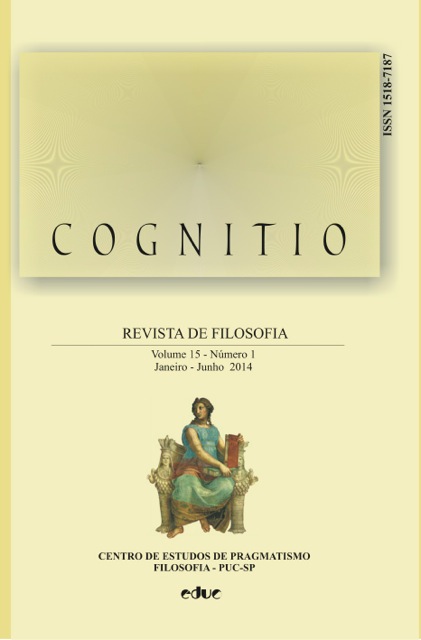What Exactly Does Thinking Mean? A Few Possible Answers to Preliminary Questions Concerning a Pragmatic-semiotic-psychoanalytic Theory of Thought
Keywords:
Iconicity, Thing Presentation, Affect, Self, Change of Habits, Psychoanalytic ProcessAbstract
Regarding the question put as the title of this paper, the author's present work consists in building up a model of thinking which comprises the strong points of Sigmund Freud and Charles S. Peirce. In order to do this, there are a couple of questions to be answered, mainly methodological ones. The author starts with giving an overview over the work of authors who previously had compared the theories of Freud and Peirce. Afterwards she puts a couple of Freudian basic assumptions into the frame of the Peircean categories, showing that although the two authors emphasize entirely different issues in their respective works, there remains an extensive area of shared views. Her conclusion will be that Freud based his psycho analysis implicitly on similar epistemological assumptions as Peirce. Also, in spite of their differing descriptions of mankind, their ethic vision over laps to a great extent.















